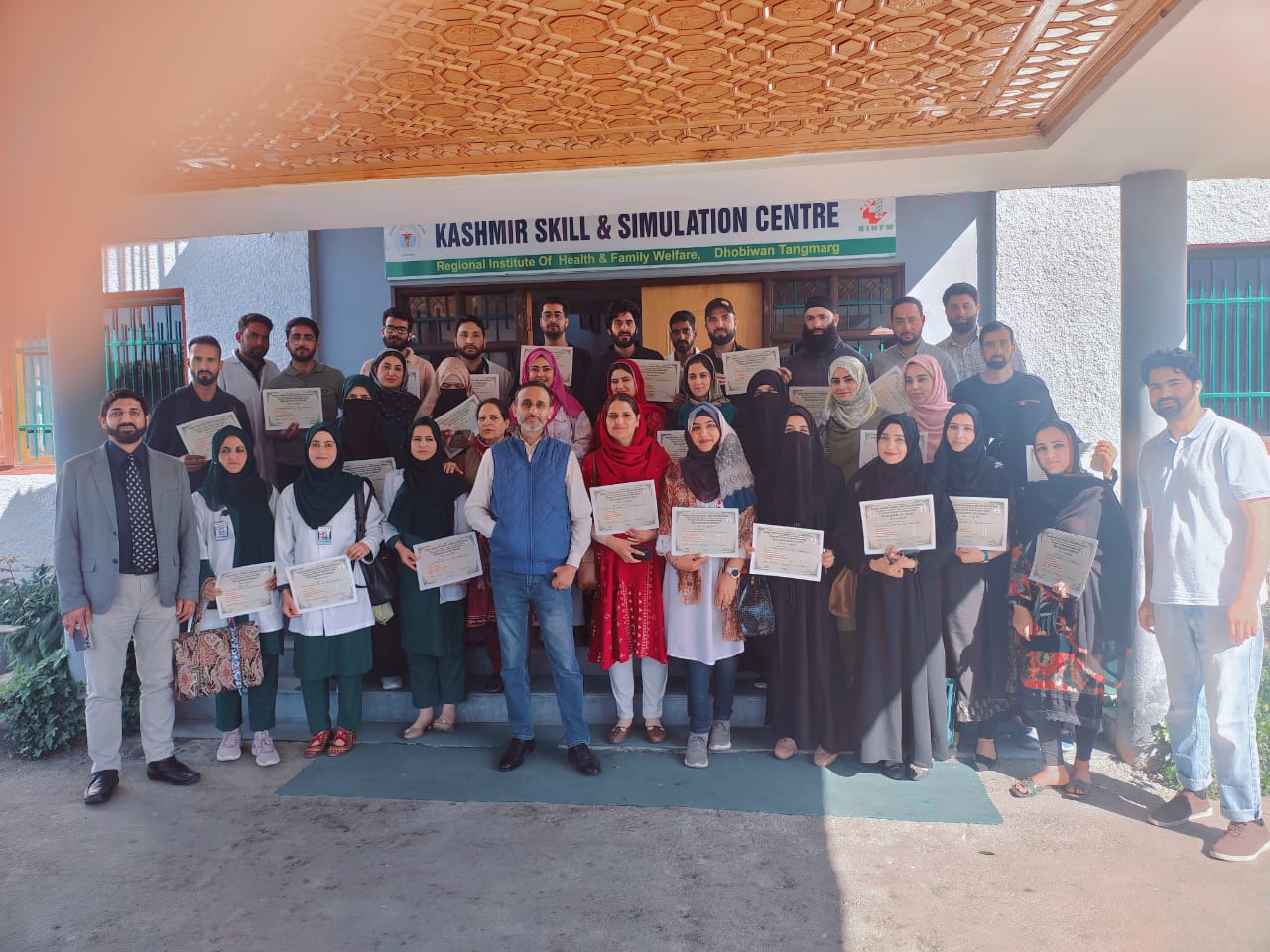Basic Life Support (BLS) is a level of medical care used for victims of life-threatening illnesses or injuries until they can receive full medical care at a hospital. It involves recognition of sudden cardiac arrest, heart attack, stroke, and airway obstruction (choking), and provides immediate support through techniques such as:
. Cardiopulmonary Resuscitation (CPR): A combination of chest compressions and rescue breaths to maintain blood circulation and oxygenation.
. Use of Automated External Defibrillator (AED): A device used to restore a normal heart rhythm in cases of cardiac arrest.
. Airway Management: Ensuring that the airway is open and clear, including head-tilt, chin-lift, and jaw-thrust techniques.
. Rescue Breathing: Providing breaths to a person who is not breathing adequately.
. Assessment: Checking for responsiveness, breathing, and pulse.
. BLS can be performed by trained laypersons or healthcare providers and is a critical first step in the chain of survival for cardiac and respiratory emergencies.

